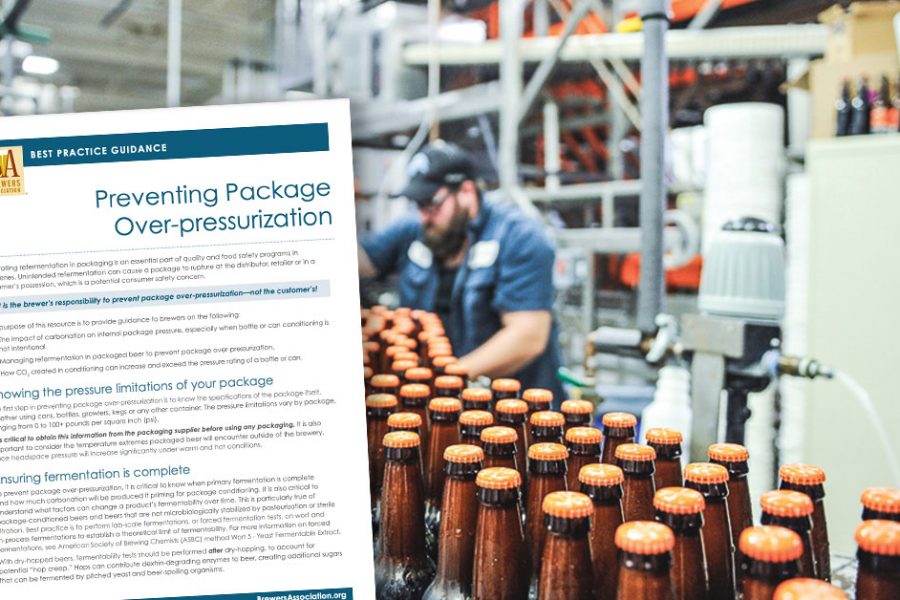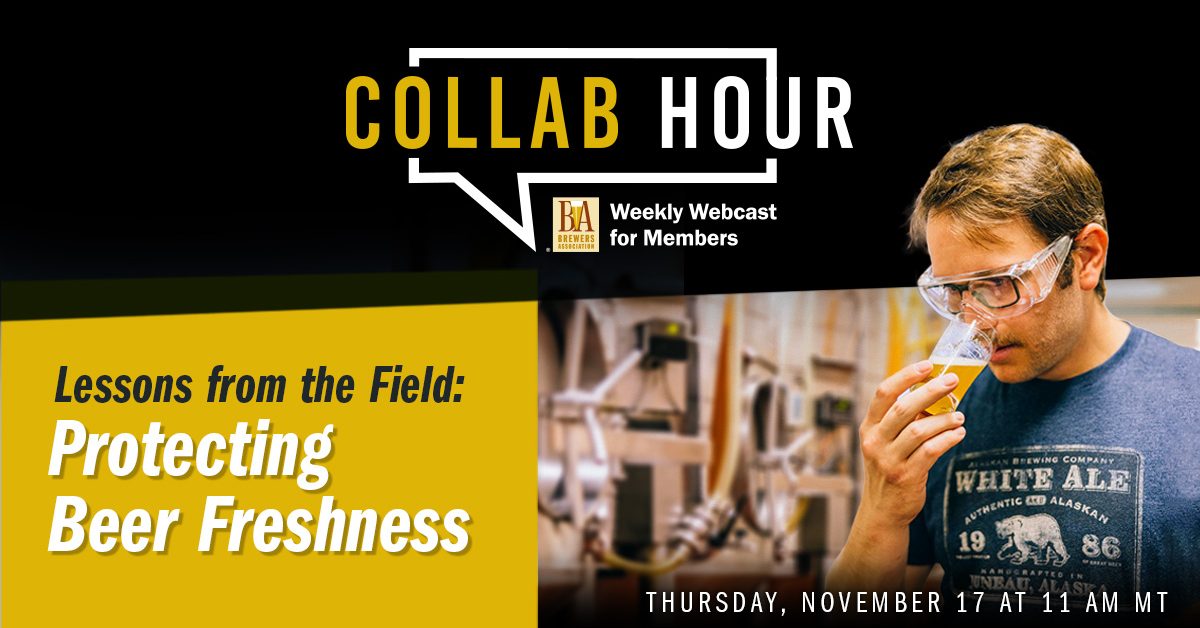
Preventing Package Over-Pressurization
It is the brewer's responsibility to prevent package over-pressurization. This resource guides brewers on how manage this potential consumer safety concern. Read More
You are using an outdated browser not supported by The Brewers Association.
Please consider upgrading!
Whether you’re packaging your beer in kegs, cans, or bottles, it’s important to make sure that you’re doing it right. The resources in this section will help you reduce beer loss and package your beer to maintain freshness until it reaches the glass.

It is the brewer's responsibility to prevent package over-pressurization. This resource guides brewers on how manage this potential consumer safety concern. Read More
 Beer Freshness Series
Beer Freshness Series

This series provides resources on oxygen-monitoring methods and sensors and how to mitigate oxygen during brewing, cellaring, and packaging.Read More

Understand the pasteurization unit (PU) calculation, equipment used, validation points, factors affecting PUs, and safety considerations.Read More

Learn about the three unique sensor technologies used in the measurement of dissolved oxygen in beer: optical, polarographic, and galvanic.Read More

Oxygen plays many roles during various stages of the brewing process, but preventing the pickup of oxygen from the end of fermentation is key.

This introductory resource will provide background on beer freshness, oxidations, and how to make practical process improvements.Read More

Recent activity in state and federal recycling-focused legislation has the potential to impact small craft brewers.Read More

Download this cheat sheet on detecting and managing mousy off flavors, also known as "THP," by the Brewers Association Quality Subcommittee.Read More

What happened with craft packaging in 2022? Dig into pack counts, sizes and formats for craft beer in 2022.Read More

This open discussion will discuss the can quality topics every brewery should be familiar with before sourcing and packaging with cans.Read More

In this BA Collab Hour panel, we discuss beer freshness as it relates to dissolved oxygen (DO) in all production areas: brewhouse, cellar, and packaging.Read More